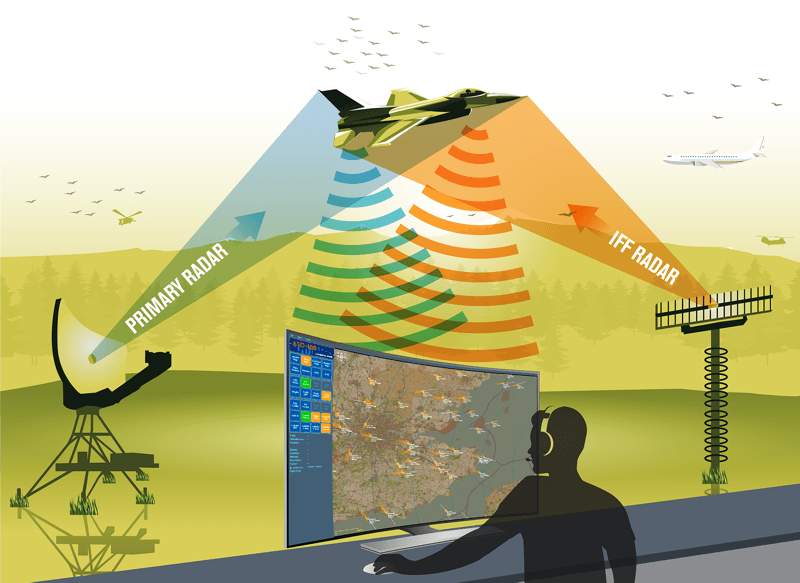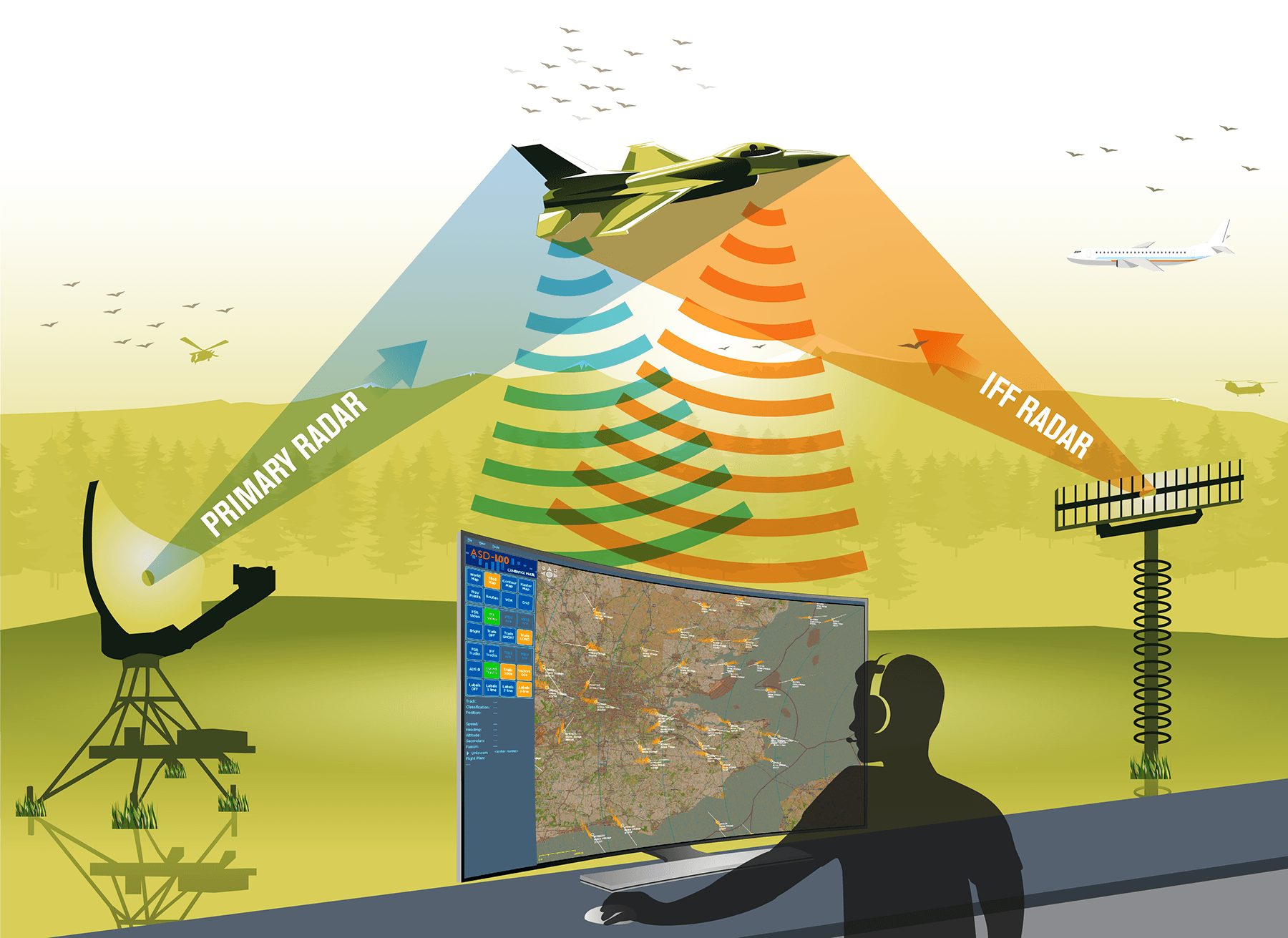- New products - including modules for radar display (ASD-100), IFF (identification friend or foe) decoding, target tracking and sensor fusion - provide cost-effective solution for developers and integrators looking to upgrade legacy air defence processing and display hardware yet preserve existing primary radar and IFF sensors
CAMBRIDGE, United Kingdom, January 29th, 2015 - Cambridge Pixel (www.cambridgepixel.com) a leading provider of primary radar display and tracking subsystems, has introduced the ASD-100 Air Situation Display - and extended its range of target tracking software products - to assist integrators considering the upgrade of air defence systems.
The new ASD-100 Air Situation Display provides an operator with a complete and integrated picture of everything in the skies, military or commercial air traffic, whether friend or foe. The display incorporates primary and secondary IFF radar, underlay maps, and target tracks, of which any combination of primary, IFF and fused tracks may be shown. The ASD-100 display application allows alarm areas and alarm conditions to be defined to permit early detection of dangers or events of interest, and flights plans may be viewed for specific targets.
Dr David Johnson, Cambridge Pixel's CEO, said: "Our new Air Situation Display and comprehensive target tracking products give systems integrators the flexibility for a phased upgrade of their surveillance systems. Our approach provides a cost-effective solution for those looking to upgrade legacy air defence processing and display hardware yet preserve existing primary radar and IFF sensors."
With military air defence systems in mind, Cambridge Pixel has also extended its range of open, flexible software 'modules of expertise' to include IFF decoding, target tracking and sensor fusion. The SPx Server plot extraction software is now able to decode IFF video to provide IFF ID and altitude for display and use by the SPx target tracker and SPx fusion modules.
In addition, IFF video can now be captured using Cambridge Pixel's HPx-200 radar input card, and defruited, degarbled and decoded to extract the different IFF interrogation modes (e.g. 1/2/3A/C) and then used for display, target tracking and track fusion. IFF radar video can also be scan converted to create a picture of the IFF barcode and overlaid with the decoded IFF data and track location on the operator's display.
"Our products are aimed particularly at those that do their own integration and are perhaps looking to refresh one or more elements of their air defence system rather than replacing the whole thing," added Dr Johnson. "As our solution is predominantly software-based, we are extremely competitive and we also offer optional source code licensing for extension, localisation and long term support, which means that customers are not locked into a black box solution."
The technology behind the IFF secondary radar interrogator/transponder system was originally developed during World War II to help discriminate between friendly and unfriendly aircraft. Unlike primary radar systems that measure only the range and bearing of targets by detecting reflected radio signals, IFF relies on targets equipped with a radar transponder that replies to each interrogation signal by transmitting a response containing encoded data, such as the aircraft's altitude.
Cambridge Pixel’s hardware-agnostic SPx suite of software libraries and applications provide highly flexible, ready-to-run software products or 'modules-of-expertise' for radar visualisation, radar video distribution, plot extraction and target tracking.
Cambridge Pixel's engineering team has decades of experience of developing complex radar processing and display systems for naval, air traffic control, vessel traffic, Electronic Chart Display and Information Systems (ECDIS), security, surveillance and airborne radar applications.
Media contact:
Martin Brooke (for Cambridge Pixel)
Martin Brooke Associates
Tel: +44 (0) 1223 882174
Email: [email protected]
Found this interesting? Please share it with your network:



